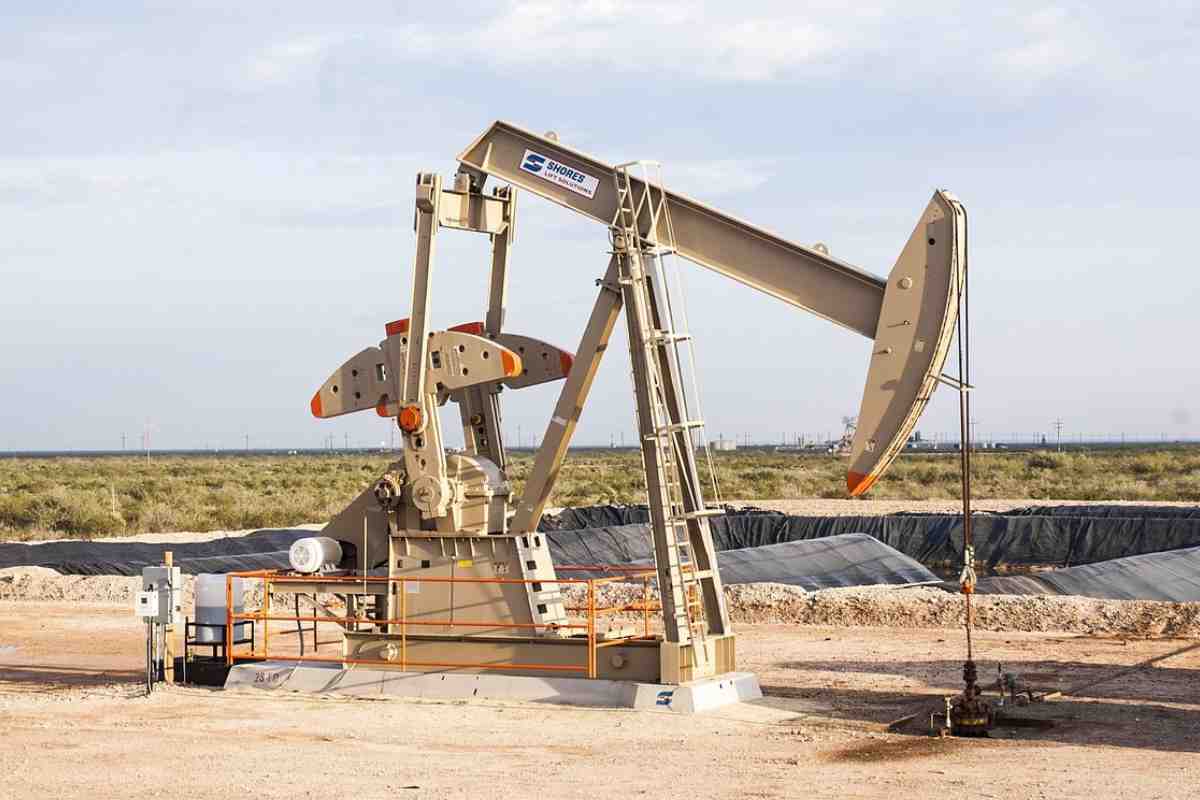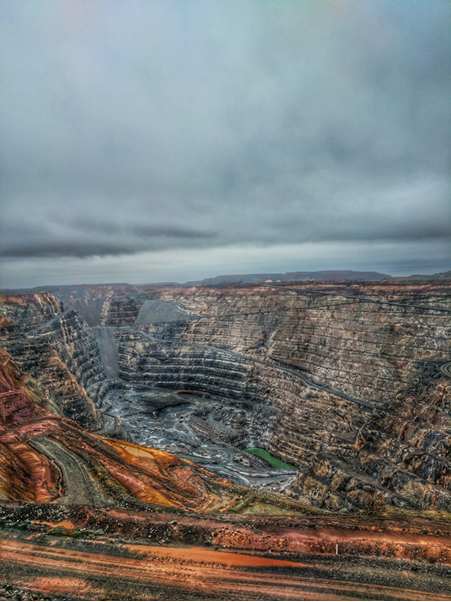Balancing Resource Extraction with Environmental Responsibility

Mining remains crucial to economies worldwide. It provides essential raw materials that power various industries and support key infrastructure projects.
This resource extraction fuels domestic development, while also boosting international trade and technological progress.
There are two primary ways to extract these materials: open-cut and underground. Open-cut mining, often called surface mining, targets shallow deposits by removing large volumes of overburden with heavy machinery.
Underground mining, on the other hand, reaches deeper reserves using tunnels and shafts, along with specialised equipment to uncover what lies concealed beneath the Earth’s crust.
These methods, however, can pose serious risks to the environment. Open-cut and underground mining can disturb ecosystems, pollute water sources with acid mine drainage, and reduce air quality due to dust and gas emissions.
Careful evaluation of such repercussions is vital to maintain a responsible balance between resource production and preserving natural habitats.
Table of Contents
Key Differences Between Open-cut and Underground Mining

Open-cut mining, also called surface mining, involves stripping away overburden to reach minerals located near ground level. Heavy vehicles like excavators and trucks typically manage shallow deposits swiftly, making this approach appealing for its reduced technical hurdles and operating costs. For many, the debate continues over whether open-cut or underground mining is the better approach.
In contrast, underground mining taps into deeper reserves by building shafts and tunnels. This technique relies on specialised machinery and must follow strict safety standards, making it more expensive overall.
Operational steps vary greatly for each method. Open-cut mining can handle large volumes efficiently but can scar the landscape and create a need for land restoration later on. Underground mining, while sparing much of the surface, requires careful planning to safely work below ground level, including ventilation systems and structural support. Consequently, open-cut mining tends to be a cost-effective choice for shallow resources, whereas underground methods become practical if the minerals lie too far beneath the surface and justify the extra infrastructure costs.
Environmental Implications of Different Mining Methods
Ecosystem Disruption
Open-cut mining often requires clearing large sections of land, stripping away vegetation and topsoil. This destroys habitats and breaks up wildlife corridors, making it harder for animals to move around and potentially reducing local biodiversity.
By contrast, underground mining mostly affects areas below the surface. Though its footprint above ground is smaller, it still disrupts subterranean flora and fauna. Careful planning and rehabilitation measures can reduce these impacts, but the disturbance to specialised underground communities remains a pressing concern.
Water Resources and Pollution
Open-cut mining exposes large areas of rock to the elements, which can produce acid mine drainage (AMD) when rainwater seeps in.
This releases acids and toxic metals into nearby streams and rivers, endangering aquatic life and risking contamination of drinking water.
In underground mining, water creeps into shafts and accumulates, becoming what’s referred to as mine water.
Heavily loaded with minerals and chemicals from surrounding rock, it can leach into soil and local water supplies, creating serious environmental challenges.
Both methods rely on rigorous water management to keep these pollutants in check.
Effective treatment systems help neutralise harmful substances, maintain soil health, and uphold safe water sources for surrounding communities.
Air Quality Concerns
Open-cut mining churns up large volumes of dust and fine particles, driven by heavy machinery digging through enormous amounts of material. This raises the risk of breathing problems in nearby communities.
Dust control methods, such as spraying water or enclosing specific operations, can help manage these emissions, but only when they’re properly carried out and monitored. Underground mines typically produce less airborne dust, yet methane release poses its own hazards.
Without the right safeguards, methane can accumulate and threaten safety, making effective ventilation and gas management essential. These practices help protect on-site workers while keeping the air cleaner for those living around the mine.
Managing Mine Waste and Regulatory Frameworks
Mine waste reuse and recycling offer an economical way to reduce environmental damage by cutting demand for raw materials and decreasing the amount of waste that needs careful handling.
Transforming tailings and other by-products into usable materials eases pressure on natural reserves while also lowering the risk of contamination from mine dumps and disused sites.
Stringent enforcement of environmental rules is vital for curbing the long-term impacts of mining. Strong legislative requirements compel operators to maintain high standards of waste management, ensuring that remediation and pollution control measures are carried out consistently. This prevents uncontrolled releases of harmful substances and encourages more sustainable mining practices.
Monitoring programmes play a key role in regularly assessing and managing pollution levels. Through frequent inspections and modern tracking tools, they can detect issues early and enable swift corrections. This forward-thinking approach protects local ecosystems and communities from harmful exposures by quickly addressing any problems that arise.
Mitigation Measures and Land Rehabilitation
Land rehabilitation is vital for reducing the negative effects of mining. At open-cut sites, a key step is returning topsoil and planting native vegetation to rebuild the landscape and help local wildlife make a comeback.
These efforts also keep soil stable, discourage erosion, and speed up the recovery of places heavily altered by excavation.
For underground mines, thorough closure planning is crucial. It aims to prevent subsidence and water contamination by using structural supports and strong water management systems while the mine is still active.
That level of foresight cuts down future harm and avoids unwelcome surprises once operations wind down.
Ongoing checks remain essential for both rehabilitation and closure plans. Frequent site evaluations can reveal early warning signs, letting teams take swift action before issues spiral.
This steady watchfulness ensures that shifting ecological pressures are managed properly, protecting nature and nearby communities for years to come.
Technological Innovations and Sustainable Practice
Remote and automated equipment is increasingly used in mining operations to reduce human exposure to hazardous underground conditions and limit environmental harm.
Advanced robotics and sensor systems enable precise placement of mining tools, preventing avoidable disturbance to subterranean ecosystems and protecting workplace safety.
This shift lets operators manage resource extraction from a distance, lowering accident risks and reducing the on-site human footprint.
Energy-efficient machinery is also being introduced to cut carbon footprints across mining activities. Modern electric and hybrid machines help lower greenhouse gas emissions while decreasing fuel consumption compared to traditional diesel-powered models.
By adopting these technology upgrades, mining operations can achieve a healthier energy balance, maintaining production levels while minimising long-term ecological effects.
Real-time monitoring systems further strengthen sustainable practices. Sensors and digital tools supply continuous insights on pollution, waste, and other environmental indicators, enabling immediate process adjustments.
This approach allows operators to identify problems swiftly, refine waste management, and introduce remediation measures grounded in current data, ultimately encouraging more conscious choices in the mining sector.
Crucial Observations for Future Resource Extraction
Mining operations must weigh the drive for economic returns against the urgent need to protect natural habitats.
In the coming years, resource extraction will hinge on embedding environmental safeguards into every phase—from initial site checks to post-mining repairs—so that wildlife flourishes and serious ecological harm is minimised.
Advances in research and tech are vital here, offering fresh ways to lessen damage while keeping extraction efficient.
New-age monitoring strategies, renewable power sources, and advanced waste treatment are all reshaping methods, easing the usual drawbacks in both open-cut and underground operations.
Strong rules and ongoing scientific investigation remain crucial for ensuring that mining stays within environmental boundaries.
Tougher standards, paired with cutting-edge tools, can greatly reduce threats to water quality, air cleanliness, and soil wellbeing.
Including every stakeholder—from government agencies and local residents to private investors—is key to meaningful dialogue.
By tapping into diverse perspectives, we reinforce accountability and open the door to team-driven innovation, laying a firm foundation for responsible mining and a sustainable path forward for resource extraction.

